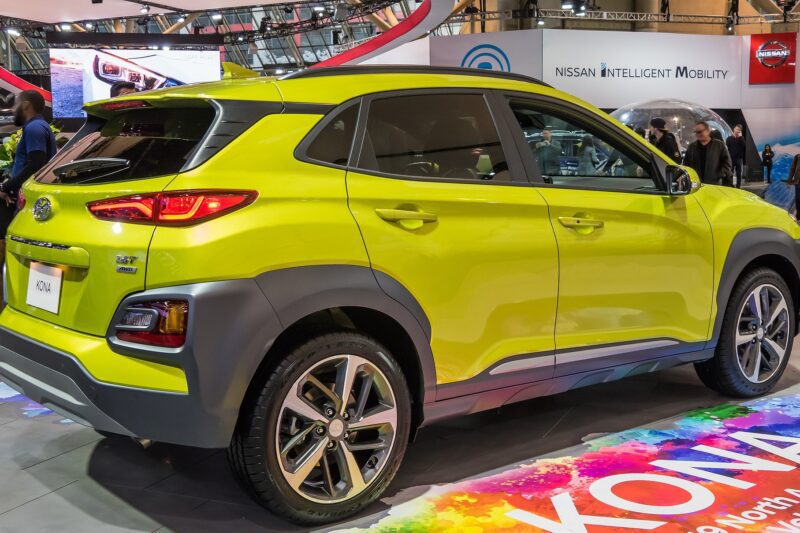Certain vehicles appear to be made for the taxi industry. . . and we’re not talking about the iconic TX4 black cabs.
There are a few models that do everything taxi and private hire drivers need them to but, unfortunately, all good things come to an end. As we say goodbye to the likes of Ford’s S-Max, C-Max and Galaxy, Toyota’s Prius and Hyundai’s award-winning Ioniq, the question is where do taxi drivers turn next?
Habits have changed dramatically over the past 25 years, with the Toyota Carina Es and executive saloons dominating the private hire fleet in the 1990s, before the emergence of Toyota’s groundbreaking hybrid Prius, which would lead the way for almost 20 years.
The late 2000s also saw the emergence of seven-seater people carriers and larger MPVs whose versatility proved hugely popular with the taxi fleet, giving drivers flexibility to pick up everything from individual fares to airport runs with families and their luggage.
Their demise has been matched by huge growth in the 4×4 and crossover market, which continues today.
One of the casualties of this is another taxi fleet favourite – Hyundai’s award-winning Ioniq. The trailblazing hybrid offered great value and was economical to run, making it a popular choice with taxi drivers as well as ordinary motorists since its launch in 2016. It now only exists in full EV form in the Ioniq 5 and 6, which are significantly more expensive than their predecessor.
As an alternative, Hyundai has this year launched its second-generation Kona, which has been put through its paces by Auto Express’s Ellis Hyde – and it is facing some tough competition in the crossover sector.
Ellis said: “The Hyundai Kona is the South Korean brand’s entry in the small SUV and crossover segment, with its long list of rivals including the Nissan Juke, Renault Captur, Peugeot 2008, Citroen C3 Aircross, Vauxhall Mokka and SEAT Arona, not to mention the Stonic from sister brand Kia. So, it’s clearly an important model for Hyundai, which gave the Kona a facelift in 2021 and will be launching an all-new second generation model in 2023.”
The entry-level Kona features a 1.0-litre petrol engine and mild-hybrid tech, while the full hybrid version – the Kona Hybrid – employs a 1.6-litre petrol engine and a 34bhp electric motor, allowing it to cover to short distances on electric power alone.
Ellis said: “If you’re willing to stretch a couple of grand beyond the cost of the 1.0-litre Kona, the Kona Hybrid makes for a compelling choice. It’s powered by a 1.6-litre petrol engine and a small electric motor, with the main benefit being fuel economy: on paper it’s significantly more frugal than any other petrol-powered Kona.”
The Kona is offered in the SE Connect, Premium, N Line and Ultimate specifications, with prices starting from around £23,600 for the entry-level mild-hybrid version, or roughly £26,300 for the Kona Hybrid. The all-electric Kona starts from around £32,000 to nearly £40,000 for the Ultimate version with the bigger battery, while the Kona N is somewhere in the middle, starting at just over £36,000.
As manufacturers focus on environmental considerations, many are moving to smaller, greener vehicles, replacing the larger, more polluting models of the past.
Old or new, what is your favourite vehicle for taxi work?


